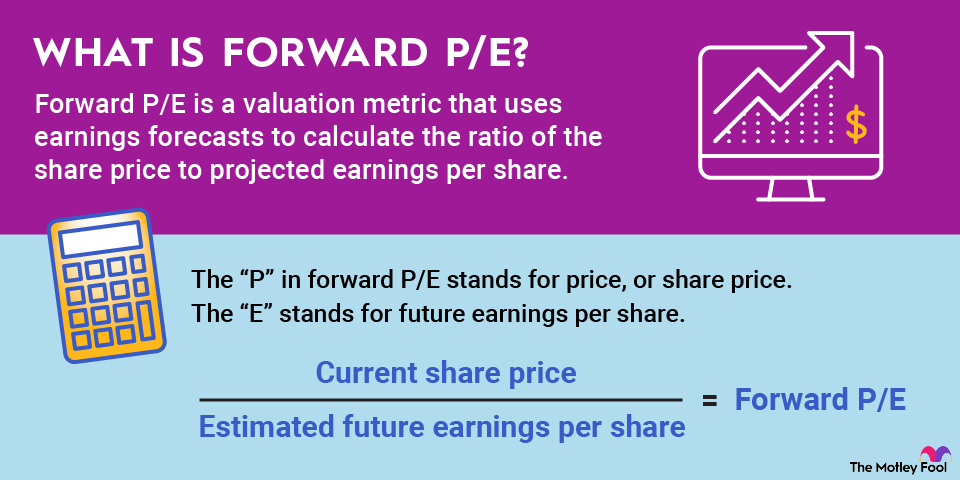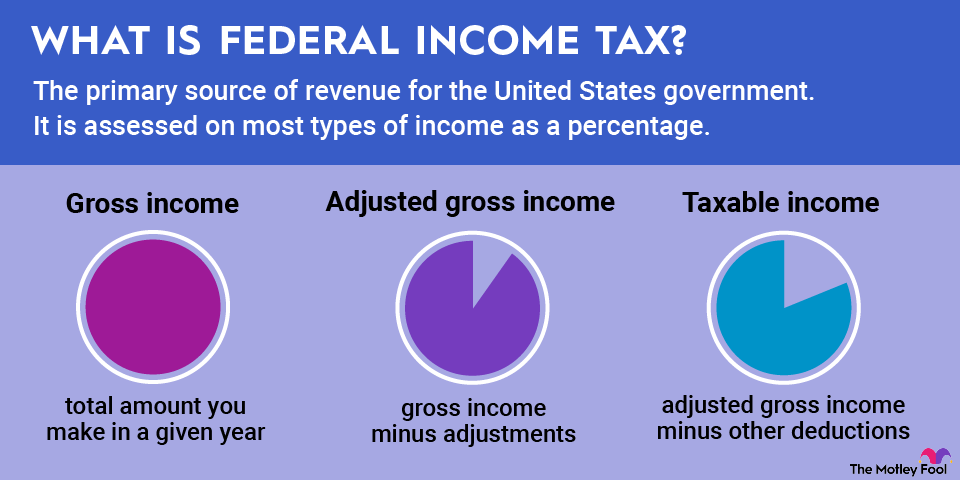Federal income tax deductions and credits
There are two main categories of tax breaks that U.S. taxpayers can use to reduce their taxable income -- deductions and credits.
Tax deductions lower your taxable income. For example, if you earned $100,000 and have $25,000 in tax deductions, it would lower your taxable income to $75,000. Common tax deductions include mortgage interest, charitable contributions, and certain medical expenses. There’s also a standard deduction that taxpayers can choose to use.
On the other hand, tax credits are applied after your tax is calculated and reduce the amount you owe dollar-for-dollar. In other words, if your federal income tax for 2023 is $15,000 and you have a $3,000 tax credit, the amount you have to pay is reduced to $12,000.
Because of tax deductions and credits, it’s important to understand the concept of an effective tax rate. Your effective tax rate is the amount of federal income tax that you actually pay the government as a percentage of your total income. For example, if your gross income in 2023 is $100,000 and you pay $10,000 in federal income tax, your effective tax rate is 10%.
Related investing topics



















